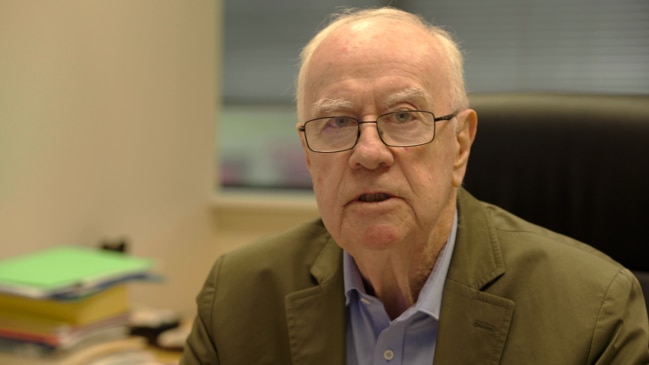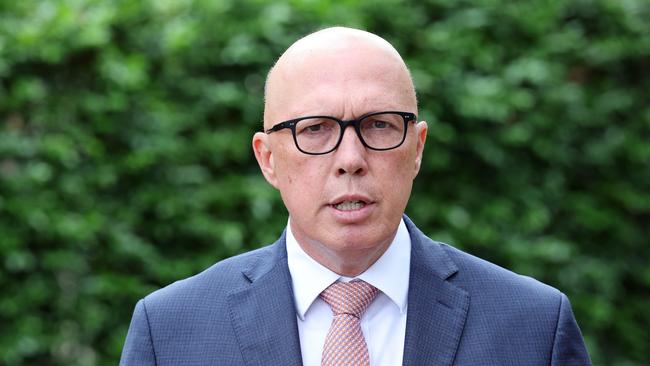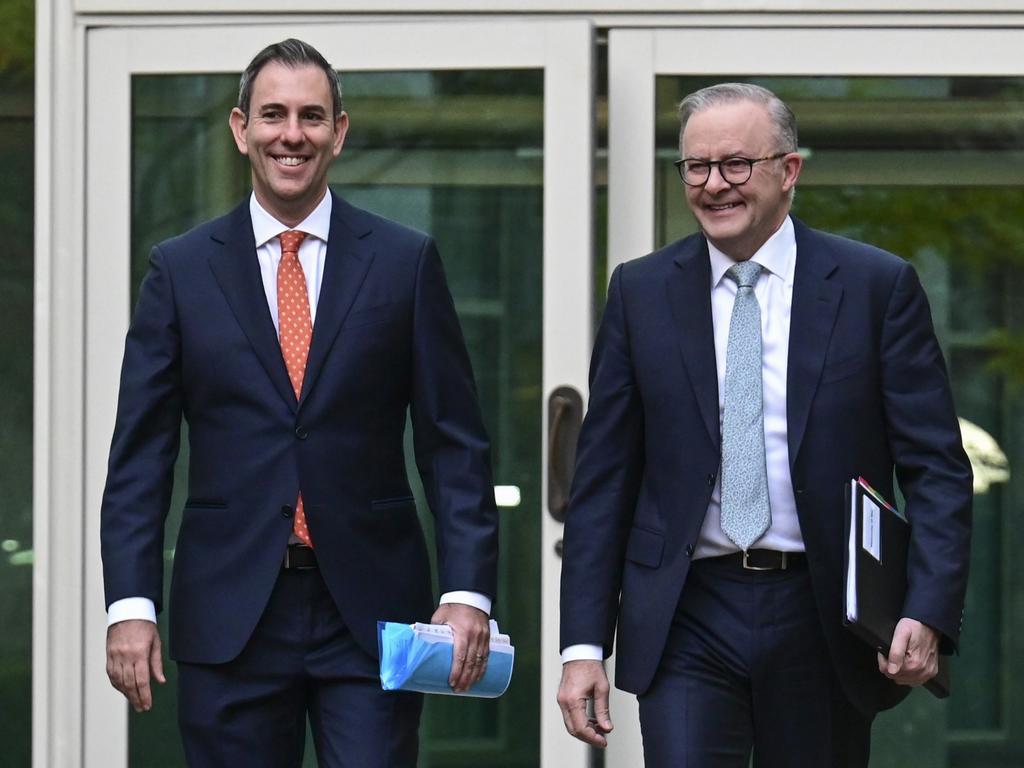
Critical to the decline has been the disenfranchisement of middle Australia. This will now define the political contest in 2024
Labor has lost significant ground among the middle-age demographics. Although it still leads among 35-49 year olds, the group often said to decide election, it has lost significant support in the past three months.
These are families more likely to be struggling with mortgages and rents, on low to middle incomes, and under the most pressure from inflation. They are also least likely to be distracted by issues other than those contributing to falling living standards.

In October, Labor led the Coalition 37 per cent to 31 per cent in this demographic. This had given Labor a two-party-preferred advantage of 56-44 with this age group. The two parties are now level on 33 per cent reducing that two-party preferred advantage to 53-47 per cent.
In the 50 to 64-year-old group, the Coalition has also improved and now leads 52-48 on a two-party-preferred basis. Both parties have increased their margins at the opposing ends of the demographic divide, confirming an entrenching of support among the traditional base. But the battle is now clearly on for the middle ground. And this is a battle that is becoming more evenly contested.
The driving factor is the economy. And without demonstrable improvement, whoever wins this debate, is in a stronger position to win the next election.
The other key demographic that will surprise Labor strategists, unless it has shown up in their own research, is a loss of support among women voters. There was a significant gender gap in the previous analysis in October that showed Labor was clearly doing better among women than men. This gap has evaporated entirely.
Women were more likely to rate Anthony Albanese more positively than men in the last quarterly analysis. But now there is almost no difference between men and women. At a primary vote level, the Coalition now leads on women’s support, 36 per cent to 30 per cent. Its support among male voters is now also 36 per cent. No gender gap for Dutton at this basic level of support.
The strongest assumption that one could make is that this erosion of support is about the impact of cost of living.

Where Labor has a battle on its hands also is among young women, with the Greens lifting their support among women voters to 16 per cent. And its support among the 18 to 34-year-olds has risen to 25 per cent. This is the boutique battle Labor faces beyond the central battle for middle Australia. It faces a contest on multiple fronts that will require a recalibration of its messaging.
The most significant decline it has suffered geographically is in NSW. While its primary vote in Queensland is now down to 27 per cent, this doesn’t change the electoral equation significantly. It’s the turnaround in NSW over the past six months that may prove to be the most problematic.
A primary vote decline of six points to 32 per cent, means it now sits slightly behind its election result. In other words, it hasn’t only gone backwards in the state with the most seats, it has gone into negative election territory compared with May 2022.
The Prime Minister ends the year with cause for concern, with key indicators all pointing in the wrong direction.
There are no alarm bells ringing yet but the government will need all the economic forecasts to begin falling its way over the next 12 months if it has any hope or arresting further electoral erosion in the demographics where it will matter the most.







Labor has lost ground in three key demographics since the failed voice referendum.